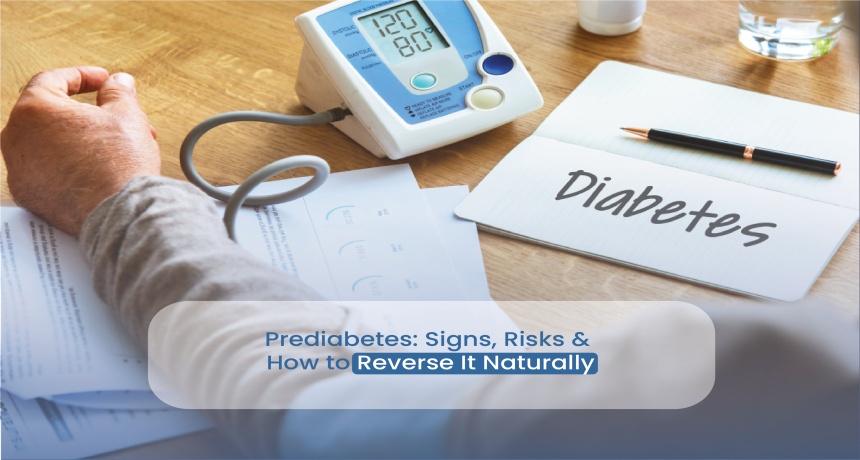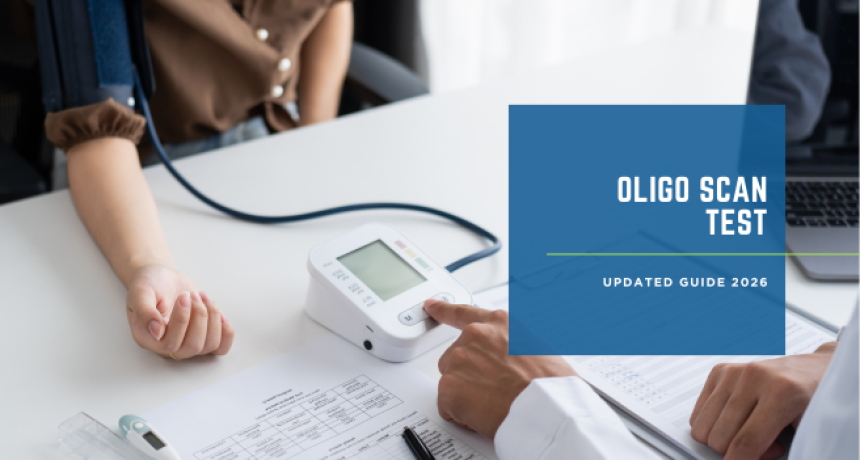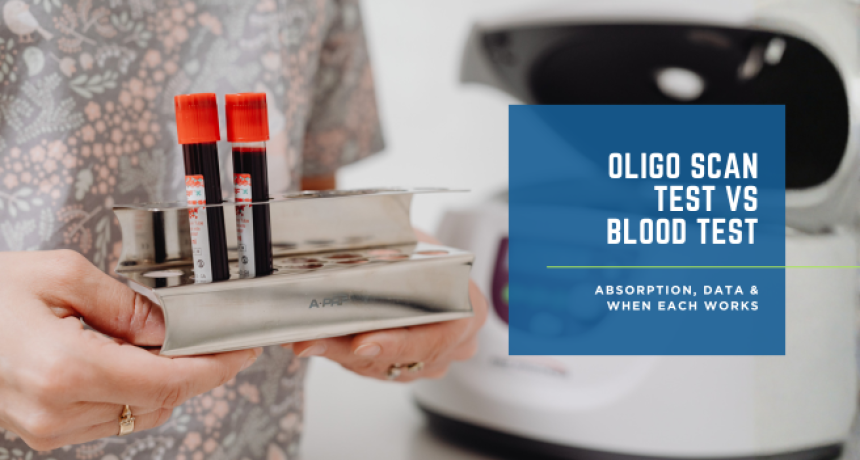Prediabetes: Signs, Risks & How to Reverse It Naturally
2025-07-11 Did your doctor mention the word "prediabetes" at your last appointment? If so, you're not alone; more than one in three adults has prediabetes, and many do not even know it. Prediabetes means that your blood sugar levels are higher than normal, but not (yet) high enough to be diagnosed with diabetes. This is often referred to as a "wake-up call," a chance to change your course before developing serious health problems. Let's talk about what prediabetes is, how to recognize the early signs, the risk of developing diabetes if left untreated, and how to treat it naturally. Having high blood sugar (glucose) levels, but not enough to be diagnosed as type 2 diabetes, is referred to as prediabetes. Usually, a fasting blood sugar (blood glucose) test is performed to indicate this: a test of your blood sugar after fasting for 8 hours or more (usually overnight). The normal fasting sugar levels are: Normal: < 100 mg/dL Prediabetes (borderline diabetes): 100 mg/dL - 125 mg/dL Diabetes: > 126 mg/dL If your sugars are at a borderline fasting sugar level, you could be in the prediabetic stage. While this can be worrisome, it is also reassuring to know that you have the chance to reverse the prediabetic stage and stop it from continuing to develop into diabetes. The most difficult aspect of prediabetes is that it often goes undetected, as most people are not symptomatic, allowing individuals to progress further unaware. That said, some people with prediabetes may notice a pattern of: Fatigue, feeling tired despite adequate sleep An increase in hunger or cravings for carbs or sugars An increase in thirst An increase in urination Vision changes, such as blurriness Less ability to heal wounds or infections The appearance of dark patches of skin (known as acanthosis nigricans) may be thick and velvety, often in areas covered by clothing, such as the neck, elbows, or underarms If you notice any of the symptoms (especially if you have risk factors such as being overweight or having a family history of diabetes), get your blood sugar tested. Prediabetes, if neglected, can progress to type 2 diabetes - a chronic condition that lasts a lifetime and can affect multiple organs in the body, leading to serious and life-threatening complications. Untreated prediabetes raises the odds of: Heart disease, Stroke, High blood pressure, Kidney problems, Nerve problems (neuropathy), Eye problems and possibly vision loss, Fatty liver disease. However, with some appropriate changes to your lifestyle, you can stabilize the effects of your prediabetes and begin the process of fully reversing your prediabetes completely. You might be shocked to discover that some cases of prediabetes can be reversed without medication. Many people can significantly improve their prediabetes through lifestyle changes alone. These evidence-based practices can help in reversing prediabetes: 🥗1. Start a Healthy, Balanced Prediabetes Diet A balanced diet does not mean to starve yourself; it means to eat wiser. Focus on: Vegetables (especially non-starchy veggies, like broccoli & spinach & peppers) Whole grains (like brown rice, quinoa, & old-fashioned oats) Lean protein (like chicken, turkey, fish, tofu, or legumes) Healthy fats (like avocado, olive oil, nuts, and seeds) Low-Glycemic Fruits (like berries, apples, and pears) Limit or cut out: Sugar-sweetened beverages (like soda, sweetened juices, energy drinks) Processed snacks (like chips, crackers, and cookies) Refined carbs (like white bread, white rice, baked goods) Fried or fatty fast foods Tip: Try the "plate method." Use a typical-sized plate, and fill it half full of non-starchy vegetables, then fill it one quarter full of lean protein, and the final quarter can be equal parts whole grains or starchy veggies. Exercise helps your body make better use of insulin. As a result, blood sugar is lowered. Try to incorporate at least 150 minutes of moderate physical activity per week (about 30 minutes per day, 5 days per week). Good forms of physical activity include walking, biking, swimming, dancing, and gardening. You do not have to start at 30 minutes a day. You can start small; even a 10-minute walk after eating can help lower blood sugar levels. If you are overweight, losing just 5-10% of your body weight will significantly reduce the risk of developing type 2 diabetes. For example, if you weigh 200 pounds, losing only 10 - 20 pounds can significantly reduce that risk. When stress is chronic, cortisol, a hormone, increases and can raise blood sugar levels. Here are some stress-relief ideas: Deep breathing Meditation Journaling Gentle Movement: yoga stretching Getting outdoors and into nature Sleep is important for regulating blood sugar. Aim for quality sleep of 7 to 8 hours each night Avoid screens for an hour before bed Keep your sleep routine as similar as possible, even on weekends Usually, doctors will advise first to treat prediabetes with lifestyle changes. If that isn't effective, they might also advise: Metformin: A medication that helps to decrease blood sugar and improve insulin sensitivity. Monitoring: Regularly checking blood sugar levels every few months so you can keep track of your progress. Management of cholesterol levels and blood pressure, since many times these things go together with prediabetes. Related: How Do I Prevent Prediabetes From Turning Into Diabetes? If your fasting sugar level is in the borderline diabetes range (100–125 mg/dL), here’s your simple plan to take back control:What Is Prediabetes?
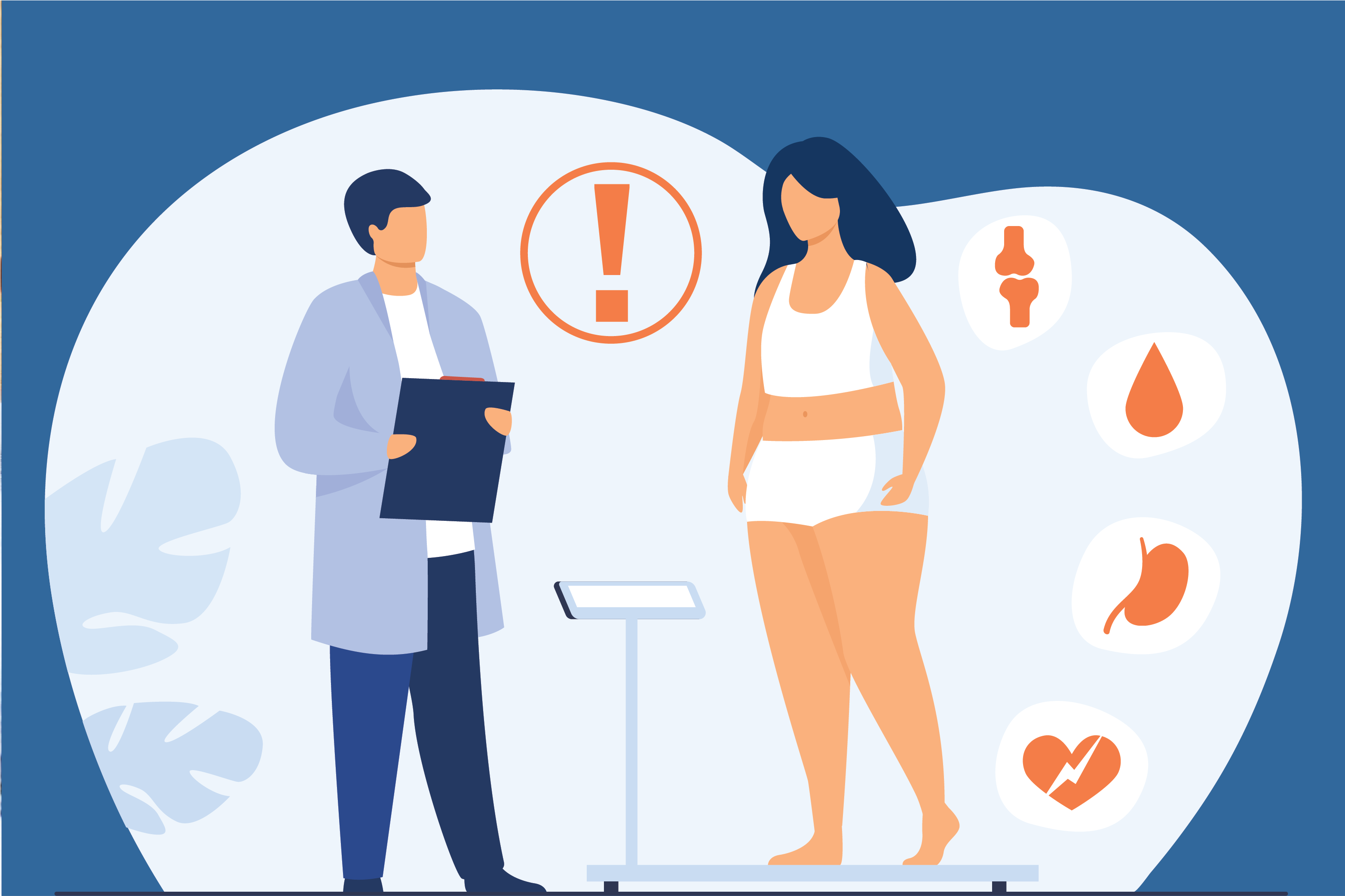
What Are the Symptoms of Prediabetes?
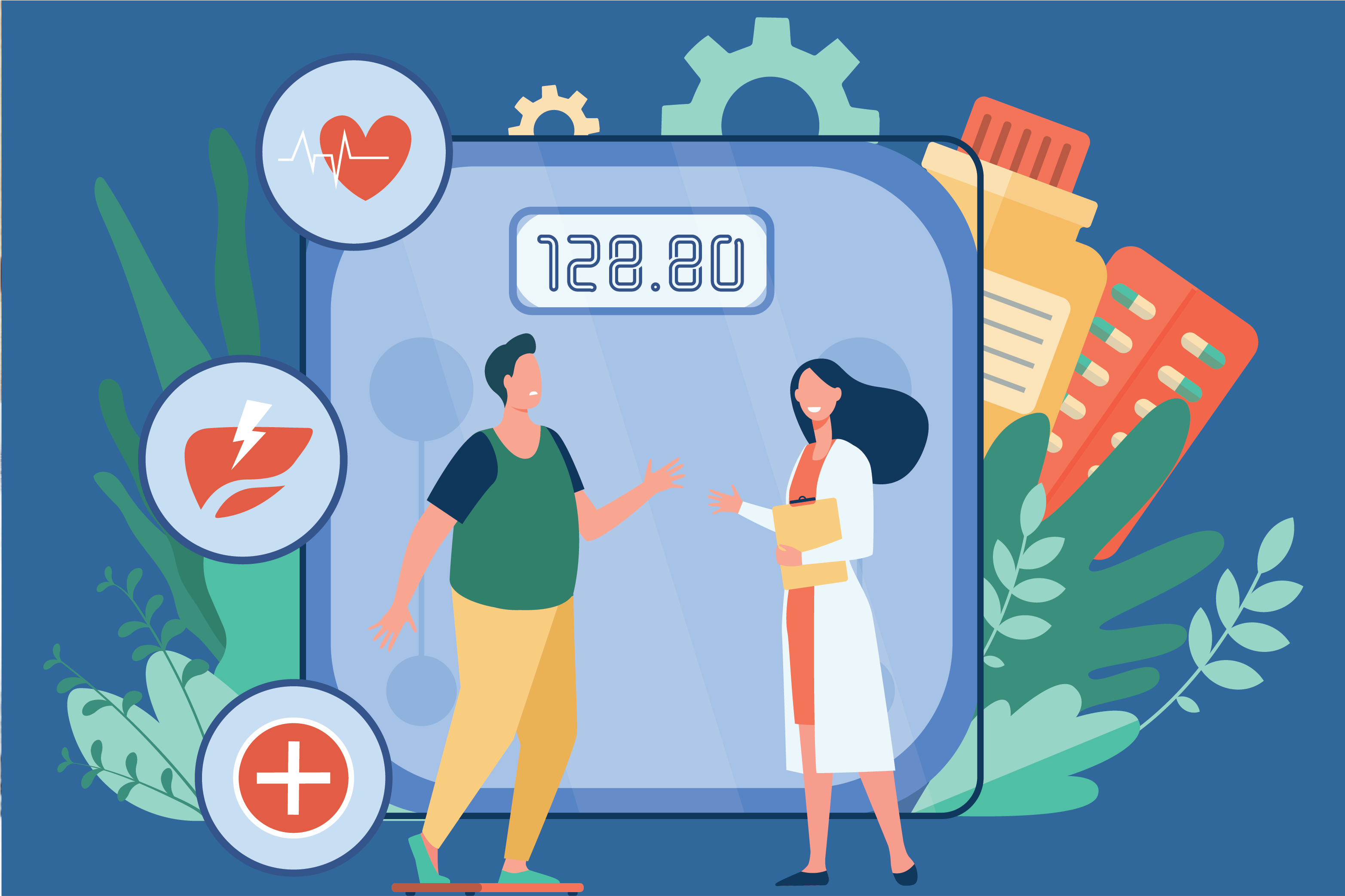
Risks of Prediabetes
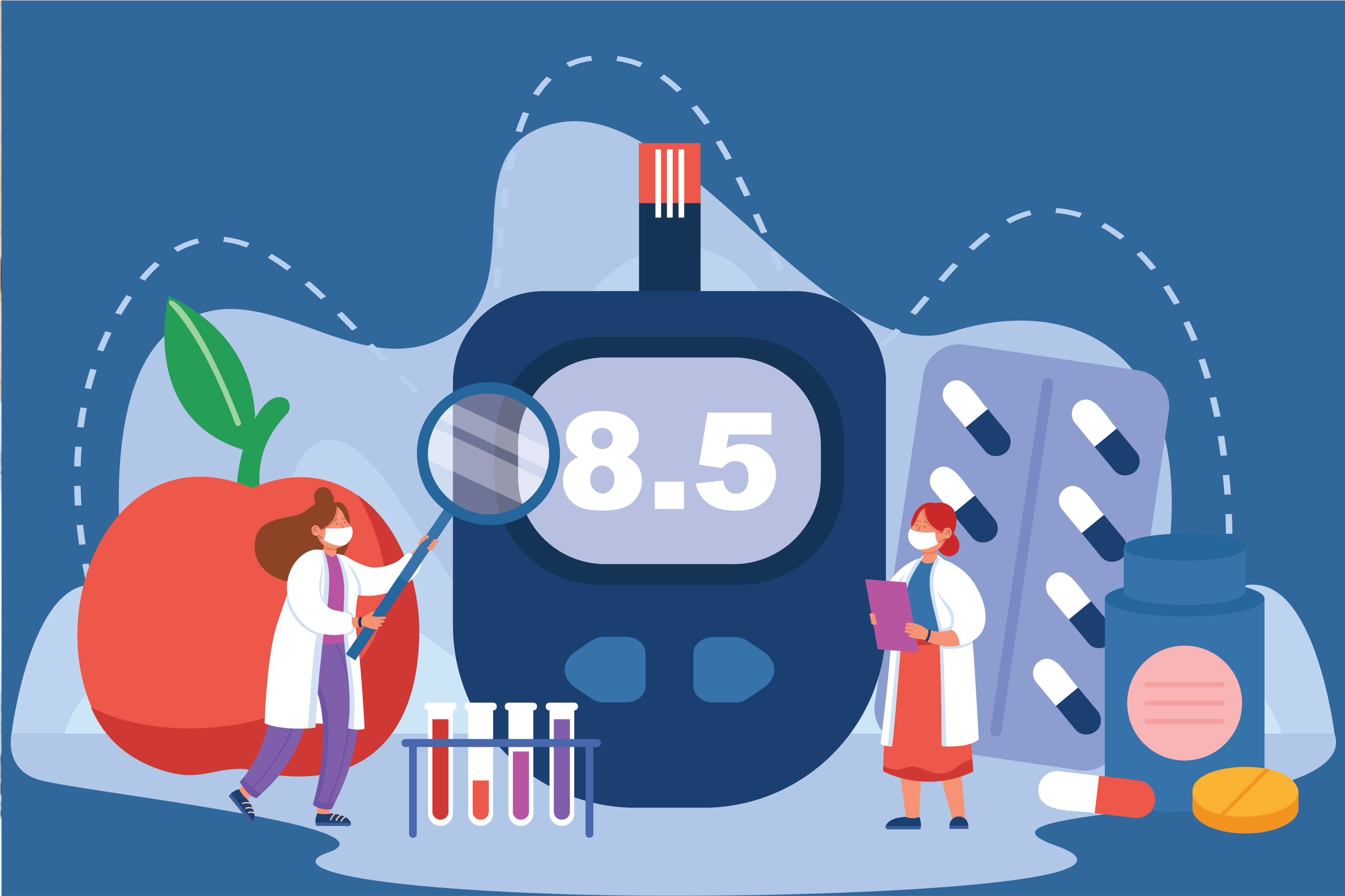
How to Reverse Prediabetes Naturally

2. Move More Every Day
3. Lose Weight (If Necessary)
4. Manage Stress
5. Get Better Sleep
Prediabetes Treatment Options
Your Action Plan to Beat Prediabetes
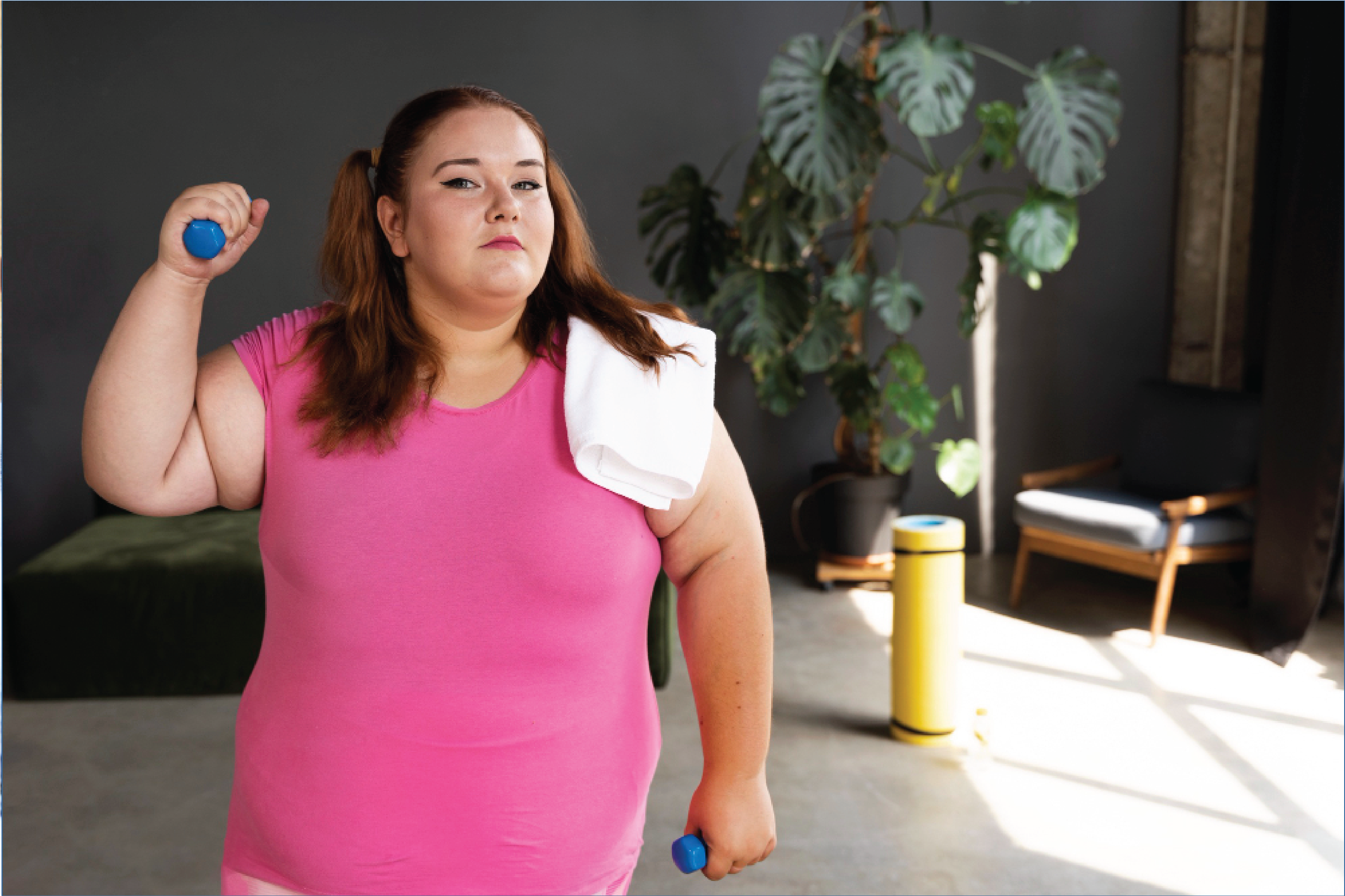
Conclusion:
Prediabetes isn't a life sentence; it's an opportunity for a new chapter.
It's possible to reverse prediabetes and prevent future difficulties with small, sustainable changes to your diet, activity, and other daily habits.
It's never too late to begin. Keep in mind that small changes can yield significant results over time. Just choose one healthy habit to start with today, and keep going!
.png)
